|
IMPORTANT INFORMATION for Pet Parent regarding the use of HAND SANITIZERS AND YOUR PETS. I am re-posting this because I know people are using more hand sanitizers and I want people to know the dangers of them for our pets!
Today I had a very traumatic experience with my 1 year old Golden Retriever. After our morning walk, I stopped at the grocery store and upon returning to the car I put a large squirt of hand sanitizer on my hands and rubbed them together as a precaution of the corona virus contamination. Immediately after doing that my dog, being a curious 1 year old, started to lick my hands and I said "leave it" but she had already licked the sanitizer from my hands. Right away she started to gag like she wanted to throw up and I was suspicious for I know Isopropyl Alcohol is dangerous to dogs. The writing on the small spray bottle was hard to read but I did see active ingredient of 64% ethyl alcohol. My fur baby kept trying to gag and so I stopped for her to drink some water, but she continued to gag and get really close to me while I was driving. I knew she was afraid and I assumed her mouth and throat were burning for drinking alcohol is dangerous to pets. This was a rather high concentration of 64% which wouldn’t be found in alcohol beverages! As soon as I got home I gave her my food remedies, organic coconut oil & honey, to coat the throat. I use when I have a dog upset because they might have swallowed something that was irritating their throat and digestive tract. I also fed her an entire can of organic solid pack canned pumpkin mixed with some chopped vegetable mixture of parsley and other dark green veggies that I feed them daily. I let her eat what she wanted to get the alcohol diluted in her system. She is a 55 pound dog. After getting the food in her she finally stopped gagging and did settle down. I was fortunate to be rather close to home to feed her food to dilute the alcohol in her throat and digestive tract. My dog is fine now but I want people to be aware of the dangers of the hand sanitizers for I know the main ingredient is alcohol of some form. A hand sanitizer needs to have at least 60% alcohol to kill germs. This particular sanitizer contained 64% ethyl alcohol along with essential oils. It does say for external use only but I never thought my animal would want to lick it from my hands. That is why I am writing this blog so you also can be aware of the dangers of hand sanitizers with your pets since we are using more sanitizers with the concern of the corona virus. I know Isopropyl alcohol should never be in any product used on your pet but ethyl alcohol was even worse since she licked it off my hands. Here is some information on Ethanol which is commonly known as ethyl alcohol, but it also goes by the names pure alcohol, grain alcohol, and drinking alcohol. It can be described as a colorless liquid which can be soluble in water. It also has a slight odor and somewhat sweet when diluted. However, when undiluted or concentrated, it has a very strong taste and leaves a burning aftertaste. Ethyl Alcohol is the alcohol found in alcoholic drinks such as beer, brandy, or whiskey. It is made from the fermentation or chemical breakdown of sugars by yeasts. It is made from plants and grains such as corn, wheat, barley. Ethanol can be produced by milling the grains and then fermenting them with yeast. During the fermentation process, the starches of the grains are turned into alcohol. Then, there is also a distillation process. Pure ethanol will irritate the skin and eyes. Nausea, vomiting, and intoxication are symptoms of ingestion. Long-term use by ingestion can result in serious liver damage. The information on ethyl alcohol is from https://en.wikipedia.org/wiki/Ethanol#Safety
0 Comments
What Is Copaiba Oil?
The Copaiba is a large towering tree that grows in tropical rainforests of South America. For hundreds of years, traditional healers in northern Brazil have used copaiba trees for their health benefits. Copaiba oil is steam distilled from the resin of the tree. What Is Copaiba Oil Used For? Copaiba oil supports the health of the cardiovascular, nervous, digestive, immune, and respiratory systems.* Copaiba Essential Oil along with Turmeric Essential Oil can be great for assistance with inflammation which is a big cause of arthritis and other mobility issues for our dogs. Contact me for more information on using Copaiba with your pets. doTERRA Copaiba oil is sourced in Brazil from four species of Copaiba. By harnessing the benefits of the most potent copaiba species, a maximum potency essential oil is obtained. With a pleasant, spicy, and woody aroma, Copaiba oil can help calm emotions and soothe anxious feelings. It is a wonderful oil to turn to at the end of a stressful day. My dogs love Copaiba and I am sure feel the calming benefits. Can Copaiba Oil Be Taken Internally? Copaiba oil also has a plethora of benefits when taken internally. The main constituent of Copaiba oil is Beta-caryophyllene, which is also present in Black Pepper essential oil and helps soothe anxious feelings.* In addition to its emotional benefits, Beta-caryophyllene promotes healthy nervous, cardiovascular, and immune system function.* The oil also contains powerful antioxidants that boost immune health.* Copaiba oil is a well-loved oil because it relieves discomfort and promotes overall health, supporting people to feel and live their best. Diffusing or inhaling Copaiba oil is deeply relaxing and soothing. Add a few drops to a diffuser for emotional support. For increased cellular support, take internally alone or with Frankincense.* For digestive support at mealtimes, take with Peppermint.* * These statements have not been evaluated by the Food and Drug Administration. This product is not intended to diagnose, treat, cure, or prevent any disease. CBD Oil vs. Copaiba Oil https://www.doterra.com/US/en/everything-you-need-to-know-about-cbd I have two Golden Retriever Service dogs that receive annual ophthalmological eye exams through the ACVO/StokesRx National Service Animal Eye Exam Program. My dogs have benefited from this program for over 6 years now and I am truly grateful to the ophthalmological clinics that participate in this program to provide this wonderful service for our service animals. Last Friday we had another annual exam with for my two Goldens. One of the two dog’s eyes has dark brown irises. The examining ophthalmologist, Dr. Nathan Kice, at Summit Veterinary Referral Center in Tacoma, WA pointed out that because of her dark brown iris she is susceptible to a condition called Golden Retriever Pigmentary Uveitis or GRPU, which researchers are discovering can affect about 25% of all golden retrievers with dark iris eyes. This condition, if not kept under control, can cause blindness and usually affects both eyes. Jada has had 6 annual ophthalmological exams since she was certified as a service animal and I was surprised that nothing was said to me in the past about GRPU. The past two years the exams were done at different clinics because I have been out of state during the exam times in May. Below is a link to read more about GRPU. If you do not have a Golden Retriever to be concerned about I ask that you will pass this information on to anyone you know that have Golden Retrievers. Many General Practice Veterinarians aren’t even aware of the condition for the research information is published on the Ophthalmology websites and magazines. One sign is red eyes in the whites of the eyes and can be mistreated as allergies. It is caused by inflammation and the inflammation cause needs to be treated. I will continue to use my natural products to reduce inflammation and hope that this will protect my sweet girls eyes. I will also get the recommended annual ophthalmological eye exam to keep us informed. http://animaleyecare.net/diseases/grpu/ Dr. Kice, myself and my two Golden Retrievers at their Annual Eye Exam through the ACVO National Service Animal Eye Exam Program.
Thank you Dr. Kice for your love and care of our service animals to participate in this annual program. This is an exceptional clinic. Dog Age Chart: From the American Kennel Club (AKC) Of course there are many things you can do to keep you dog healthy and active to live a happy and healthy.
*Feed a nutritionally balanced species - appropriate diet. *Maintain a healthy weight *Provide plenty of exercise. A variety of different activities is great. *Don't over vaccinate - Many vaccinations are needless and can be harmful to the immune system. *Provide regular exams. Using a Holistic or Integrative Veterinarian if possible to prevent issues before they escalate. By Rachel dōTERRA Wellness Advocate
DōTERRA added Copaiba essential oil last fall and we are EXCITED to have this oil in our arsenal because it is powerful for our brains and nervous systems. I’m excited to share more about this oil with you. CBD oil has been a hot topic lately as an alternative to drugs. There are a lot of questions about CBD vs Copaiba oil so I will break down the differences in an easy-to-understand way. There’s also a lot of controversy, and even more opinions, these days about medical marijuana, CBD oil and products that contain THC so let’s start with some definitions…. Cannabinoids: Any chemical compound that affects one or both cannabinoid receptors in the human body, CB1 or CB2. Some cannabinoids are legal (CBD and those found in essential oils) and some, like THC from cannabis/marijuana, are not … Here are 3 types of Cannabinoids: CBD: CBD, or CannaBiDiol, is a naturally occurring component of the cannabis and hemp plants. CBD made from hemp has a low concentration around 2-4%. If derived from cannabis/marijuana CBD has a higher concentration around 5-30%. All CBD extractions contain some amount of THC (the part of the plant that makes you feel high) though some are low enough to be legal in our country. CBD is often said to be legal in all 50 states but that is controversial. Benefits include pain relief, reduces anxiety, effective against cancer, treats seizures and other neurological issues, prevention of diabetes through lower insulin levels and promotes cardiovascular health. This is the power of cannabinoids! THC: THC, or TetraHydroCannabinol, is also a naturally occurring compound in the cannabis plant. This is the part of the plant that makes people feel high when they smoke marijuana or use products that contain THC. Supplements that contain THC are only legal in a few states. THC resembles another cannabinoid naturally produced in our brains, anandamide, which regulates our mood, sleep, memory, and appetite. Hence the reason THC makes you relaxed … and hungry. BCP: BCP, or Beta-CaryoPhyllene, is the dietary cannabinoid found in dōTERRA's Copaiba oil. Not only is it in Copaiba essential oil it’s in dōTERRA's in very high amounts – 60%!!! While this is a different type of cannabinoid than CBD it directly affects the same CB2 receptors in amazing ways and is present in a much higher amount. It’s also found in lower levels in other essential oils, in lower amounts, like Black Pepper and Melissa. What are cannabinoid receptors? We all have cannabinoid receptors in our bodies and they are super important. They are found all over the body, in the brain, organs, tissues, glands and immune cells. In each tissue, the cannabinoid system performs different tasks, but the goal is always the same: homeostasis. We have two different types of receptors – CB1 and CB2. CB1, predominantly present in the nervous system, connective tissues, gonads, glands, and organs; and CB2, predominantly found in the immune system and its associated structures. Many tissues contain both CB1 and CB2 receptors, each linked to a different action. (source) The CB1 receptors are the ones that THC interacts with and causes psychotropic effects. The CB2 receptors are the ones that do not make you “high” when affected. These are the target when using CBD oil and Copaiba essential oil. CBD actually indirectly interacts with CB2 receptors while the main constituent of Copaiba interacts directly. CB2 receptors are found mostly in the immune system, and they seem to reduce inflammation and certain kinds of pain. So to summarize CBD vs Copaiba oil ….. THC comes from the cannabis or hemp plants. It is completely illegal in about half the US and legal for at least medical purposes in the other half. CBD oil from hemp contains only trace amounts of THC and is legal in all 50 states. It does not make you high but it does help with neurological issues, pain and more by indirectly interacting with CB2 receptors in the body. BCP, caryophyllene, is a cannabinoid found in very high levels in dōTERRA's Copaiba and it interacts DIRECTLY with CB2 receptors. When taken internally, the BCP in Copaiba possesses strong antioxidant properties, promotes healthy cellular function, may help support immune function while supporting overall circulatory health, and may help support the health of the gastrointestinal tract and colon. Additional research has shown that Copaiba essential oil (with all its constituents) may help keep the mouth, teeth, and gums clean and healthy looking. Topically applied Copaiba oil may also help keep the skin clean and clear while helping to reduce the appearance of blemishes. Another interesting experimental research study found that Copaiba taken internally may help to support uterine health and ease menstruation.* *These statements have not been evaluated by the Food and Drug Administration. This product is not intended to diagnose, treat, cure, or prevent any disease.
Everyone is always wondering why their dogs eat grass and we all have different answers. I thought this video from Dr. Karen Becker, DVM said it well.
I have been following Veterinarian Dr. Jean Dodds' research on many dog health issues for years. She is an advocate for limiting excessive vaccinations and offers reduced cost blood titer tests to check the antibody levels in our pets so we don't over vaccinate. She offers this and so much more through her HemoPet Clinic in California. The blood sample can easily be sent to her clinic for workup. I have personally used their services. Dr. Dodds is also an expert on thyroid conditions, diabetes and food allergies. The Nutriscan information for food allergies is below. Dr. Dodds has asked her followers to share the Hemopet Newsletter to inform pet parents of the many ways to help keep our pets healthy. If you are interested please sign up to receive her newsletter. Valley Fever on the Rise
Dr. Dodds explains Valley Fever, the ongoing environmental and medical research, and how you can help. Parts of this information is from Dr. Karen Becker, DVM I have experience chocolate poisoning from a family pet and it was scary. We spent Christmas Eve and early into Christmas Day in the Emergency Veterinarian Clinic with my son's Golden Retriever about 6 years ago and it sure made me more cautious about keeping an eye on what food is around that we might not even thing twice about being a concern for our pets. This sweet counter surfing dog ate a majority of some rich dark chocolate brownies. She couldn't have had a more dangerous snack for this was the most serious type of chocolate poisoning. The vets had to pump her stomach and then get charcoal into her stomach to absorb any of the chocolate that wasn't discharged by vomiting. After that she had to be watched very closely to make sure she didn't have any other reactions which made for a very long night. Luckly there was an emergency clinic close and she was cared for immediately so she did fully recover. Please watch your Pets Closely especially if you have children in the household! By Dr. Karen Shaw Becker
According to veterinary journal dvm360, here’s the extent of what most pet parents know about the dangers of chocolate: Chocolate + Dog = Big trouble. This is actually a good, if simplistic way to frame the issue. Dogs are much more often the victims of chocolate poisoning than cats, because dogs like sweet-tasting things, and they’re indiscriminate eaters. They make up 95 percent of chocolate emergency calls according to the Pet Poison Helpline, and in some dogs, even the wrappers from candy can result in secondary obstruction in the stomach or intestines.1 But why, exactly, is one of our favorite treats such a problem for furry family members? Chocolate Poisoning PrimerChocolate is made from the roasted seeds of the Theobroma cacao or cocoa tree. The seeds have certain properties that can be toxic for dogs (and cats), including caffeine and theobromine, which are naturally occurring stimulants. Both theobromine and caffeine stimulate the central nervous system and heart muscle. They also relax smooth muscles, especially the bronchial muscles, and increase production of urine by the kidneys. Studies show dogs are especially sensitive to theobromine compared to other domestic animals. This is because they metabolize the substance very slowly, which means it stays in the bloodstream for an unusually long time. This may also be true of cats, but because kitties don’t commonly overdose on chocolate, there isn’t a lot of research on feline chocolate toxicosis. Even small amounts of chocolate can cause adverse reactions in pets, and the darker the chocolate, the more theobromine it contains. Baker’s chocolate, semisweet chocolate, cocoa powder and gourmet dark chocolates are more dangerous than milk chocolate. Other sources include chewable flavored multivitamins, baked goods, chocolate-covered espresso beans and cocoa bean mulch. White chocolate has very little theobromine and won’t cause poisoning in pets. Though not commonly seen, the worst of the worst is dry cocoa powder, which contains the highest amount of theobromine per ounce — 800 milligrams per ounce versus Baker’s chocolate at 450 milligrams per ounce. How Much Is Too Much?“It’s the dose that makes the poison,” according to the Pet Poison Helpline. For example, a few M&Ms or a bite of a chocolate chip cookie are unlikely to cause a problem for your dog. Standard guidelines for chocolate poisoning in dogs include:2
healthypets.mercola.com/sites/healthypets/archive/2018/02/23/chocolate-poisoning-in-pets.aspx?utm_source=petsnl&utm_medium=email&utm_content=artTestHP_A4&utm_campaign=20180213Z1&et_cid=DM185914&et_rid=212713734 I’m sure many of you are decorating and getting ready for the holidays and I would like to remind you of the dangers of for our pets during the holidays. Remember to think of pet holiday safety just like you would for a small child. Dogs and cats are curious of shinny objects, lights, tinsel, ornaments, and the Christmas tree itself whether it is a live or artificial tree. Many cats like to climb a tree just like if they were outside and dogs will check the trees out also. If they chew on the tree or lights that can be very serious. You can train a pet to stay away from the tree and other decorations. That is done the same way as you would teach them the “leave it” command. Christmas plants are also dangerous for our pets so if you love to decorate your homes with poinsettias, holly and mistletoe you need to take caution with these toxic plants and keep them away from your pets. If you see any evidence these plants have been chewed on, call your veterinarian immediately for further instructions. I have a list of poisonous plants on my website if you would like to check out other toxic items for animals. https://www.pawsitivewellnesscenter.com/pet-safety.html Many foods are also dangerous for your pets like chocolate, Xytilol, raisins and more. Chocolate, Coffee and Caffeine all contain substances called methylxanthines, which are found in cacao seeds, the fruit of the plant used to make coffee, and in the nuts of an extract used in some sodas. When ingested by pets, methylxanthines can cause vomiting and diarrhea, panting, excessive thirst and urination, hyperactivity, abnormal heart rhythm, tremors, seizures and even death. Note that darker chocolate is more dangerous than milk chocolate. White chocolate has the lowest level of methylxanthines, while baking chocolate contains the highest. Alcoholic beverages and food products containing alcohol can cause vomiting, diarrhea, decreased coordination, central nervous system depression, difficulty breathing, tremors, abnormal blood acidity, coma and even death. Under no circumstances should your pet be given any alcohol. If you suspect that your pet has ingested alcohol, contact your veterinarian or the ASPCA Animal Poison Control Center immediately or go to your local emergency veterinarian hospital. When you call ASPECA (888) 426-4435. it can take longer to get the information and that time can be important with many poisonous substances. Xylitol is used as a sweetener in many products, including gum, candy, baked goods and toothpaste. It can cause insulin release in most species, which can lead to liver failure. The increase in insulin leads to hypoglycemia (lowered sugar levels). Initial signs of toxicosis include vomiting, lethargy and loss of coordination. Signs can progress to seizures. Elevated liver enzymes and liver failure can be seen within a few days. Nuts, including almonds, pecans, and walnuts, contain high amounts of oils and fats. The fats can cause vomiting and diarrhea, and potentially pancreatitis in pets. Macadamia nuts can cause weakness, depression, vomiting, tremors and hyperthermia in dogs. Signs usually appear within 12 hours of ingestion and can last approximately 12 to 48 hours. Milk and dairy products are not good for our pets either Because pets do not possess significant amounts of lactase (the enzyme that breaks down lactose in milk), milk and other dairy-based products cause them diarrhea or other digestive upset. The alternative to cows milk is goats milk for it doesn’t contain lactase so the animals are able to break it down and actually benefit from the healthy nutrients especially goat milk kefir. We love to buy our pets presents but be cautious with so many dog toys and treats on the market, it’s hard to know what to choose and to find healthy and safe gifts for our dogs. One of the main concerns is toxins in plastic and one of the prime examples are BPA’s If you are planning to buy toys for your pets, it would be good to use toys made of non-toxic, ‘baby safe' materials that are durable and made of natural materials. The most dangerous toys are the cheap, plastic ones made in China, where the absence of regulations poses a serious danger to your pet’s health. Watch for toys that have pieces that can be broken off and swallowed. I just attended an online webinar on animal wellness and learned so much. I was most impressed by Dr. Jean Dodds on thyroid conditions in our animals. One of the most common endocrine diseases of dogs is Autoimmune Thyroiditis/ hypothyroidism. For older cats the most common endocrine disease is Hyperthyroidism. One of the main causes of this condition is the role of soy and excess iodine in foods. Some common signs of the disease are behavioral issues, subtle weight gain and recurring infections. Dr. Dodds is also an advocate of feeding the Species Appropriate Raw Diet. A major concern with thyroid conditions in our dogs is related to the use collars worn for walking our dogs since the collar when pulled on during the walk rides directly on the thyroid area and puts pressure on that gland. This is something to avoid for the safety of the neck and thyroid. Dog CollarsAnother presenter dog trainer, Alecia Evans, discussed the issue of using any collar on our dogs while walking with them. We do need to have a collar on our dogs to hold pet ID information including chip numbers & contact information. I have research using collars for walking and tried many different types of collars to keep the dog from pulling during the walk. I have found a harness to be more effective to reduce pulling over the other collars (see illus. below). I did like Alecia's information on the harness she developed over years of training because it doesn’t confine the dogs shoulder movement which is a concern with many harnesses that clip in the front with a strap crossing the chest. This type of harness does confine the shoulder movement of the dog and can cause shoulder issues over time. The harness doesn't affect the thyroid gland either. I want to pass this along if anyone is concerned about their dogs neck being damaged from pulling with a collar. If interested check out her website. I have no interest in the purchase of the harness. I just feel it is a great tool for walking our dogs safely.
|
Blog CreatorMary DeRoche Archives
April 2024
Categories
All
|
DISCLAIMER: I, Mary DeRoche, am not a veterinarian and do not practice medicine. I do not diagnose, cure, heal, treat disease or otherwise prescribe medication. I assist people in working with their animals in correcting energetic imbalances in their pet’s bio-field that assists the body to release its innate healing ability. When the energy chi of the body is balanced and moving correctly, the body’s innate natural energy heals itself. All healing is self-healing. Animals are affected by their environment so I also include the pet parents in my work. Animals do pick up energy from their family and environment. I only recommend the use of therapeutic grade essential oils for your pets because therapeutic grade essential oils have been tested to guarantee that they are free of synthetics, additives, toxins and any other impurities, which can result in side effects and/or inconsistent results. Essential oils and supplements are recommendations to help boost the pet’s immune system.
I recommend that clients continue to see their pet’s regular veterinarian and follow their advice and my work is a complement to regular allopathic medicine. My spiritual energy work is not a substitute for conventional medical diagnosis or treatment for any medical or psychological condition. For such issues, you should seek the proper licensed veterinarian. I am a Healing Touch for Animals Practitioner and a Subtle Energy Practitioner and my work is spiritually and energetically based and I believe all healing is spiritual in nature. I do not make any promises, warranties or guarantees about results of my work, or of the energy sessions. The energy sessions help many animals but like any energy work, it might not work for everyone. The use of essential oils, herbs and supplements is to assist the pet with balancing chakra centers for proper energy flow or chi.
© 2013~2023 Pawsitive Wellness Center All Rights Reserved.
I recommend that clients continue to see their pet’s regular veterinarian and follow their advice and my work is a complement to regular allopathic medicine. My spiritual energy work is not a substitute for conventional medical diagnosis or treatment for any medical or psychological condition. For such issues, you should seek the proper licensed veterinarian. I am a Healing Touch for Animals Practitioner and a Subtle Energy Practitioner and my work is spiritually and energetically based and I believe all healing is spiritual in nature. I do not make any promises, warranties or guarantees about results of my work, or of the energy sessions. The energy sessions help many animals but like any energy work, it might not work for everyone. The use of essential oils, herbs and supplements is to assist the pet with balancing chakra centers for proper energy flow or chi.
© 2013~2023 Pawsitive Wellness Center All Rights Reserved.
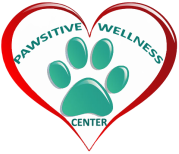
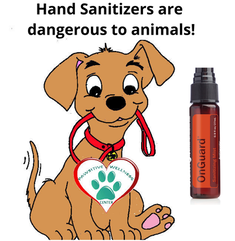
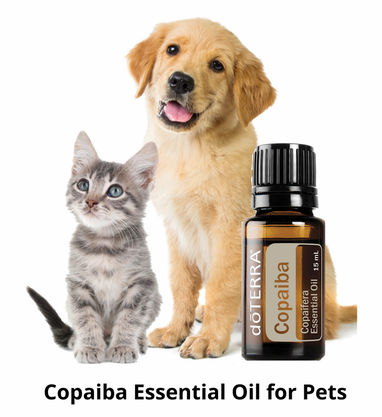


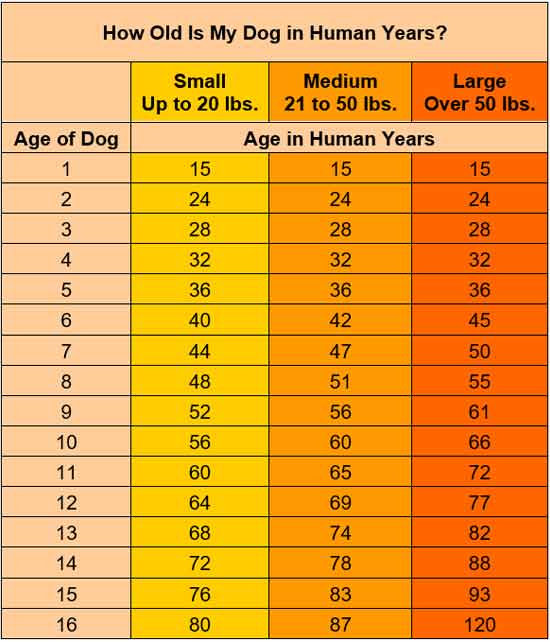
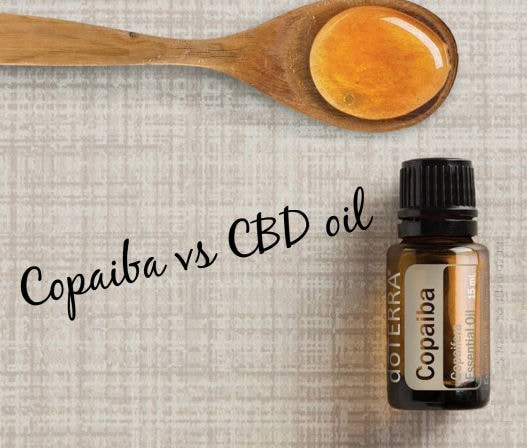

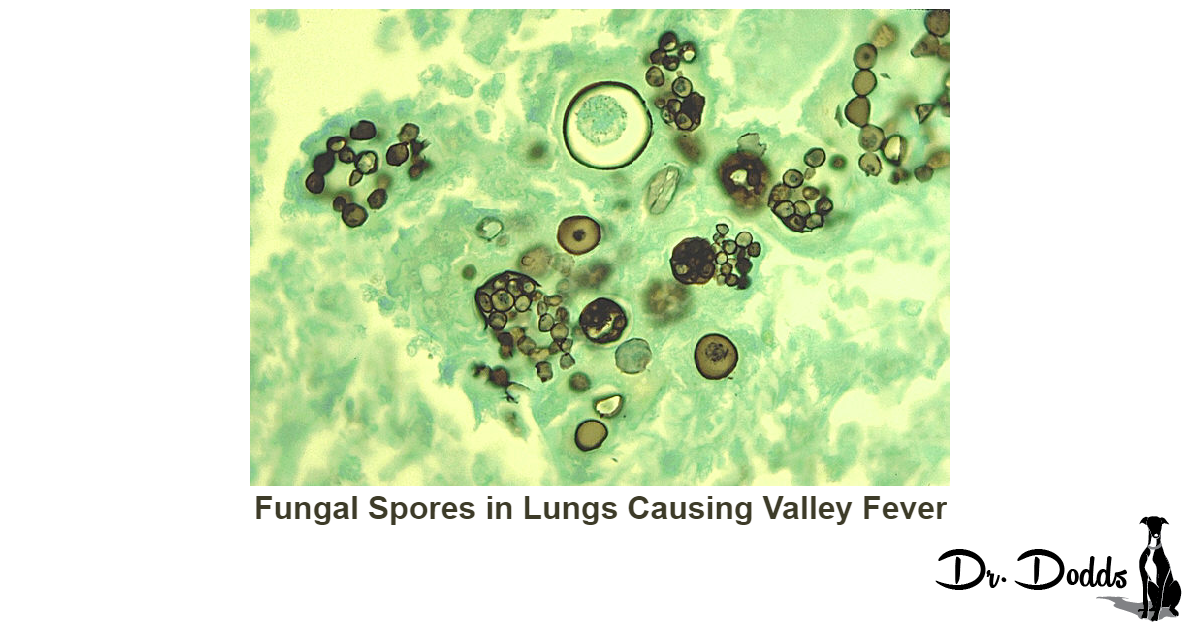

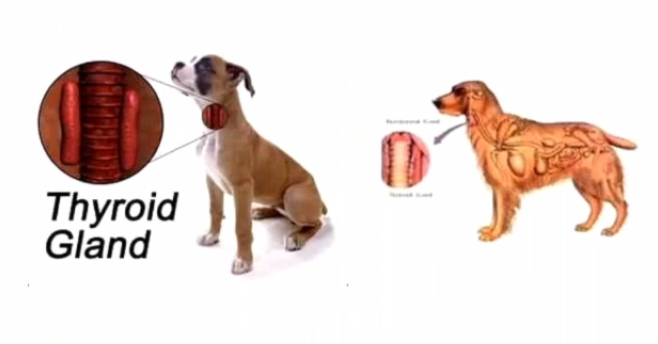
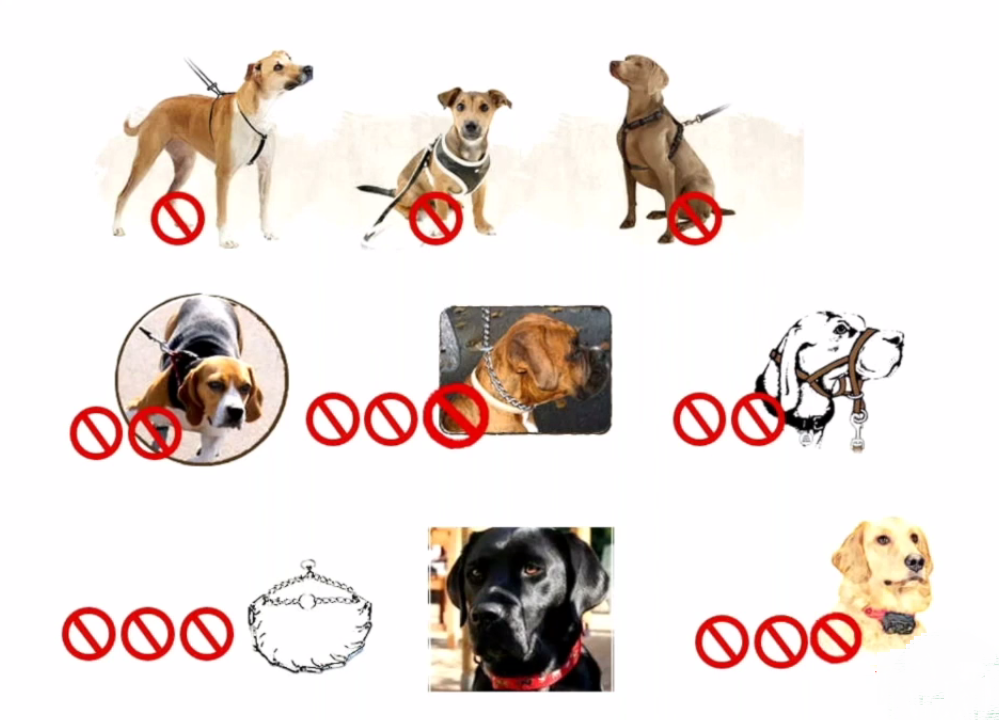
 RSS Feed
RSS Feed